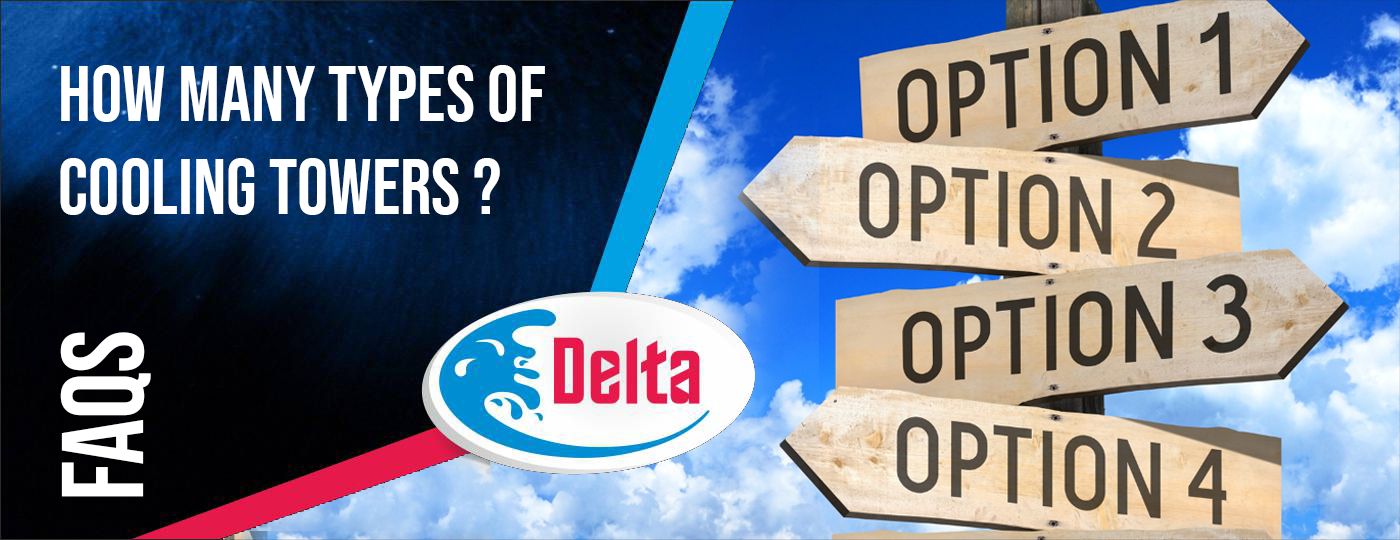TYPES OF COOLING TOWERS
Cooling towers are devices whose primary responsibility is the transfer of heat from water to air. It reduces the temperature of industrial water, being used for re-circulation. Many types of cooling towers can be distinguished by the principles of operation they adopt:
Devices for the evaporative cooling of water fall into a series of groups, as mentioned below: strictly not all of these are cooling towers, but they are included in order to present as complete picture as possible.
GROUP 1 : PONDS
- Cooling pond
- Spray Pond
Cooling occurs partially from contact between air and water at the surface. Rate of heat transfer is low and it is very space consuming. It has poor approach to air WBT and cooling performance is not readily determined.
A pond with spray mounted several feet above the surface is surrounded with louvers fencing to reduce loss through carry- over. It has better performance than ponds but limited performance since water/air time of contact is small.
GROUP 2 : NATURAL DRAUGHT
- Spray Filled
- Wood Fill
- Chimney Towers
- Ornamental (Fountain)
It contains no packing, only numerous spray nozzles at the top; air flows crosswise to vertical fall of water. A high pump head is required to atomise water through nozzles. It is suitable only for small cooling duties.
Contains baffling to increase the wetted surface for air/water contact, and longer contact time, the water dropping from deck to deck. Performance is better than Spray-fill.
It makes use of chimney above the packing to induce air flow through packing in counter flow to the water. It is not suitable for high dry bulb air temperatures
Occasionally, for small systems it has been found convenient to make use of ornamental fountains and pools e.g restaurants. Main disadvantage is difficulties in performance prediction and chances of undersizing causing excess evaporation. Such systems are prone to fouling from algae, biological slime and dirt.
GROUP 3: MECHANICAL DRAFT
- Induced Draft
- Forced Draught
An induced draught tower in which the fans create vertical air movement up the tower across the packing in opposition to the water flow., thus the coldest water contacts the driest air. Mechanical parts are water distribution are not easily accessible for maintenance. It has more compact ground plan than forced draught design due to absence of fan on the side.
A forced draught cooling tower having fan on the side at the air intake and blow ambient air into the tower across the packing. Limited fan size, thus a large number of smaller fans of higher speed compared with induced draught arrangement results in more noise but tower itself provides some attenuation.


